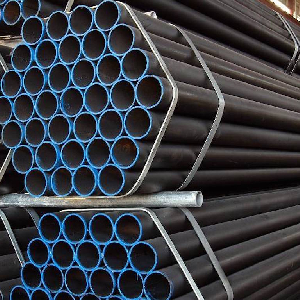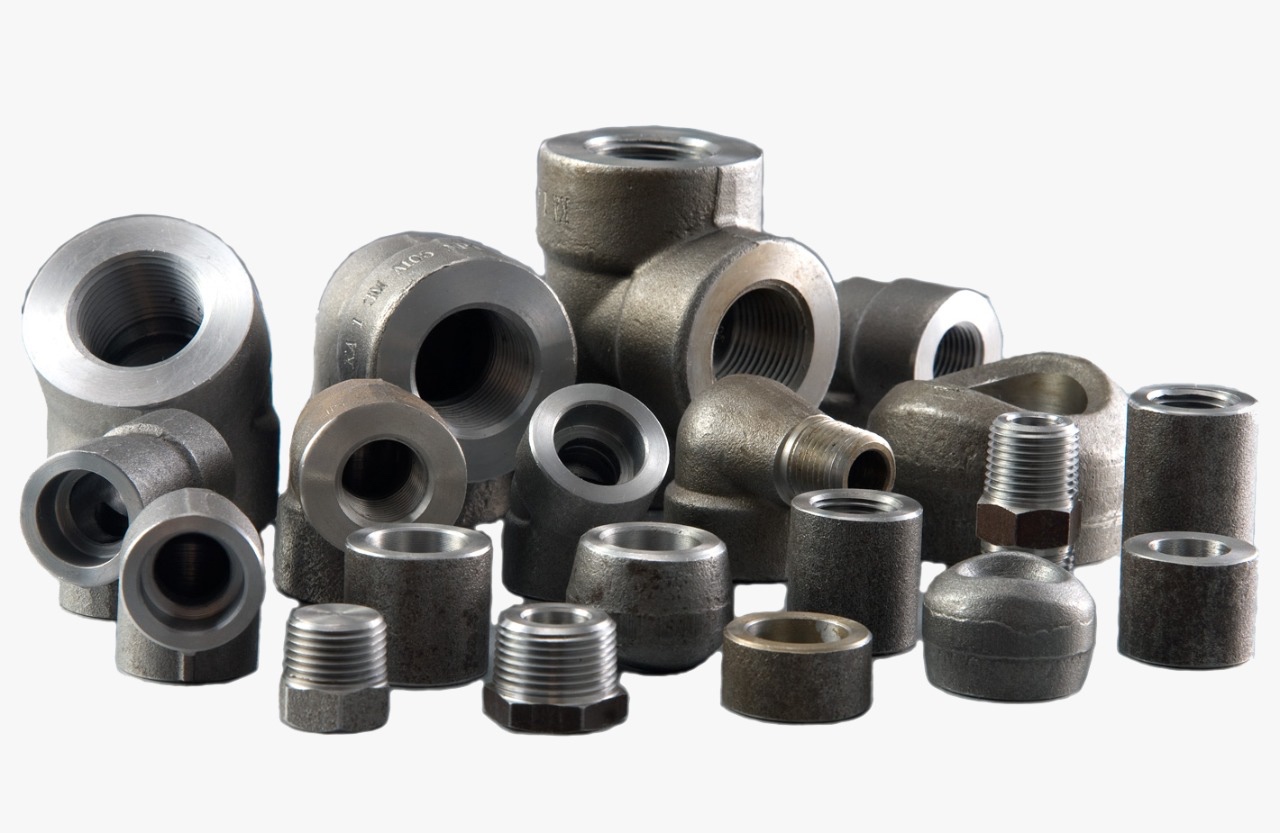Manufacturing and industrial operations heavily depend on reliable valves for smooth processes. Many businesses in the UAE face challenges when searching for dependable valve suppliers who offer competitive prices without sacrificing product quality. A strategic approach helps identify suppliers who maintain high standards while providing cost-effective solutions.
Research and Market Analysis
Understanding the local market dynamics plays a vital role in sourcing quality valves at reasonable prices. A comprehensive market analysis reveals numerous valve suppliers in the UAE with varying price points and quality standards.
By examining supplier profiles, product catalogs, and industry certifications, businesses can create a shortlist of potential partners who align with their requirements.
Quality Certifications Matter
Professional valve suppliers maintain relevant industry certifications that validate their commitment to quality. ISO certifications, API standards, and other industry-specific accreditations serve as reliable indicators of a supplier’s dedication to maintaining product excellence.
Prioritizing certified suppliers ensures access to valves that meet international quality benchmarks while remaining within budget constraints.
Building Direct Relationships
Establishing direct connections with valve suppliers eliminates intermediary costs and opens opportunities for better pricing. Regular communication and relationship building enable businesses to negotiate favorable terms while ensuring consistent product quality. Direct partnerships often lead to special pricing arrangements, bulk purchase discounts, and priority access to new products.
Product Range Assessment
A diverse product portfolio indicates a supplier’s market presence and manufacturing capabilities. Reliable valve suppliers typically offer extensive valve selections, including ball valves, gate valves, check valves, and specialized options.
Examining product ranges helps identify suppliers capable of meeting various industrial requirements through single-source procurement, potentially reducing overall costs.
Performance Track Record
Evaluating a supplier’s performance history provides valuable insights into their reliability and product quality. Client testimonials, completed projects, and industry reputation help assess a supplier’s track record.
Reputable valve suppliers maintain transparent records of their market presence and willingness to provide references from satisfied customers.
Technical Support and Expertise
Professional valve suppliers demonstrate technical knowledge and provide comprehensive support services. Access to expert guidance ensures proper valve selection and application, preventing costly mistakes and maintenance issues. Suppliers who invest in technical support teams often deliver better value despite competitive pricing.
Quality Control Processes
Understanding a supplier’s quality control mechanisms helps verify their commitment to maintaining product standards. Regular factory audits, testing procedures, and quality inspection protocols indicate a supplier’s dedication to delivering reliable products.
Maintaining high-quality standards ultimately reduces long-term costs associated with replacements and maintenance.
Warranty and After-Sales Service
Comprehensive warranty coverage and reliable after-sales support characterize dependable suppliers. Strong warranty terms protect investments and demonstrate supplier confidence in product quality. Efficient after-sales service minimizes downtime and maintenance costs, contributing to overall cost-effectiveness.
Geographic Accessibility
Working with locally accessible valve suppliers in the UAE reduces transportation costs and delivery times. Quick access to supplier facilities enables physical product inspections and faster issue resolution. Geographic proximity often translates to more responsive service and reduced logistics expenses.
Long-term Cost Benefits
Selecting the right valve supplier involves considering both immediate and long-term cost implications. Quality valves from reliable suppliers typically offer extended service life and reduced maintenance requirements. Investing in superior products often proves more economical over time despite higher initial costs.
Conclusion
By following a systematic approach to supplier selection and maintaining focus on both quality and cost factors, businesses can identify valve suppliers in the UAE who deliver optimal value.


